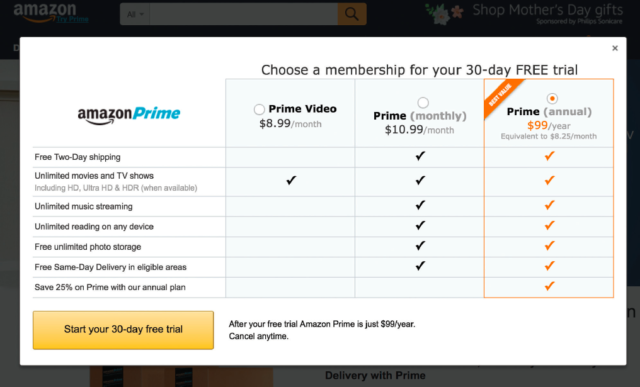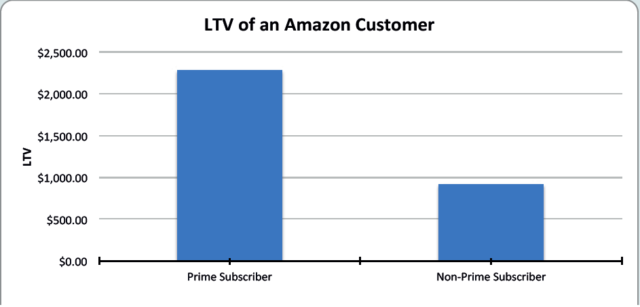It seems like every day Amazon is adding some new “free” benefit into its popular subscription membership service Amazon Prime — free videos, free music, free book rentals. The list goes on and on. The same goes for lots of other vanguards of the Subscription Economy. Google launches a few free apps that make living your life and work just a bit easier; Netflix ships a brand new batch of kids movies that would’ve cost thousands of dollars in Blockbuster rentals back in the ‘90s; Tesla pushes a few wireless updates and suddenly your car just got better at driving itself. These Subscription Economy companies are the envy of entrepreneurs everywhere who want to surprise and delight their customers with new and unexpected features and benefits seemingly with a spirit of unbounded generosity.
Such “free” customer benefits are not limited to the most innovative Subscription Economy companies either. Look no further than cellphone providers like AT&T and Verizon and their inducements of the newest and most hi-tech smartphones at free or near-free prices when you agree to sign-up for their service for two years.
What is driving this seemingly endless string of giveaways by subscription companies?
The answer can be summed up in a single, very important metric: Customer Lifetime Value or LTV.
Sure it goes without saying that all of these companies care about the experience they provide their customers, but they offer these wonderful benefits as part of the experience through a lens grounded in a set of financial facts around how much value a given customer can create for their shareholders.
WHY DOES AMAZON GIVE THINGS AWAY?

A search through Amazon’s Investor Relations website or published interviews with its CEO Jeff Bezos turns up few detailed numbers about the Amazon Prime program. Amazon keeps secret the real numbers driving Amazon Prime, but a few analysts have, however, taken a close look at Amazon and uncovered some very interesting information about the customer lifetime value of a Prime Member.
At the time of this writing, Amazon Prime is an annual subscription priced at $99/year with a 30-day free trial option.

Brendan Mathews, a research analyst at Motley Fool has published his research on Amazon concluding that the average Prime subscriber has a LTV of $2283, more than twice the LTV of a non-subscriber, which he estimated at $916.
So while from a customer viewpoint it seems like Amazon is giving an unlimited number of benefits away, getting someone to convert and become a subscriber to the service drives an incredible amount of value for the company. It is nearly certain that whenever Amazon makes investment decisions about sending money to acquire new Prime members, that spend relative to the roughly $2000 lifetime value of a member looms large in the calculus.
Now that you understand its importance, learn How to Measure LTV!